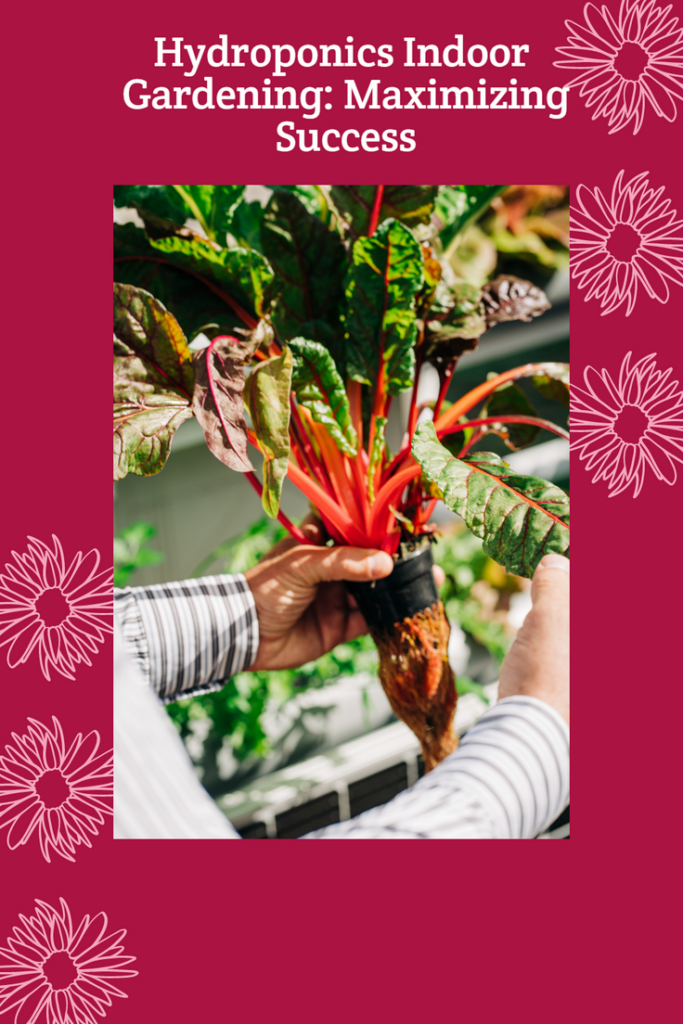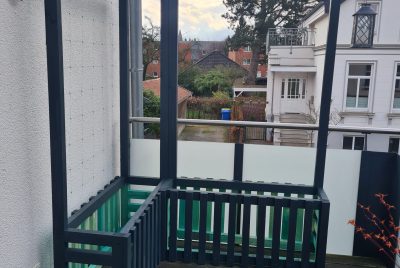Hydroponics Indoor Gardening: Maximizing Success
Welcome to the exciting world of hydroponics indoor gardening! As an enthusiastic gardener and advisor, I am thrilled to share insights and suggestions for maximizing your success in this innovative cultivation method. In this article, we will explore the impact of distilled water versus tap water in hydroponics, the significance of heat mats for germination, the essential nutrients required for vegetable growth, and valuable suggestions to ensure a flourishing hydroponic garden.
The Impact of Distilled Water versus Tap Water in Hydroponics
Understanding the Role of Water Quality in Hydroponics
Water quality plays a vital role in hydroponics, as it directly affects the health and growth of plants. In hydroponics indoor gardening, water serves as the medium for delivering essential nutrients to the roots. Understanding the impact of different water sources is crucial for optimizing plant growth and overall system performance.
Pros and Cons of Using Distilled Water
Distilled water, obtained through a process of steam distillation, is devoid of impurities and minerals. Its purity makes it an ideal choice for hydroponics as it eliminates the risk of introducing harmful substances or imbalances into the system. However, distilled water lacks essential minerals that plants need for growth, which must be supplemented through nutrient solutions.
Pros and Cons of Using Tap Water
Tap water, readily available in most households, contains minerals and nutrients that can benefit plant growth. However, it may also contain impurities, chlorine, or high levels of minerals that can accumulate and cause issues in the hydroponics indoor gardening system. Proper filtration or treatment methods may be required to optimize tap water for hydroponic use.
Balancing Water Quality for Optimal Plant Growth
Achieving the right balance between distilled water and tap water is crucial in hydroponics. Many gardeners opt for a combination of the two, utilizing distilled water as a base and supplementing with tap water to introduce essential minerals. Regular water testing and analysis can help maintain the ideal water quality for healthy and robust plant growth.
The Importance of Heat Mats for Germination in Hydroponics
Seed Germination and the Role of Heat Mats
Seed germination is a critical stage in plant growth, and providing the optimal conditions is essential for successful germination. Heat mats, also known as seedling heat mats or propagation mats, create a warm and controlled environment that promotes faster and more uniform germination.
Benefits of Using Heat Mats in Hydroponics
Heat mats offer several benefits in hydroponics. They provide consistent and gentle heat to the seeds, speeding up the germination process and increasing germination success rates. The warmth encourages root development, leading to stronger and healthier seedlings ready for transplantation into the hydroponic system.
Proper Use and Placement of Heat Mats
When using heat mats, it is essential to follow a few guidelines. Place the heat mat on a flat and stable surface, ensuring it is not in direct contact with water or nutrient solutions. Use a thermostat or temperature controller to maintain the desired temperature range suitable for the specific seeds being germinated. Regularly monitor the temperature and adjust if needed to prevent overheating or underheating.
Compulsory Nutrients for Successful Hydroponic Vegetable Growth
Understanding Essential Nutrients for Plants
Plants require specific nutrients for healthy growth and development. In hydroponics, these nutrients are provided through carefully formulated nutrient solutions. Understanding the essential nutrients and their functions is crucial for maintaining optimal plant health.
Macronutrients and Micronutrients in Hydroponics
Macronutrients, including nitrogen, phosphorus, and potassium (NPK), are required in larger quantities by plants. These nutrients support various aspects of plant growth, such as leaf development, root formation, and flowering. Micronutrients, such as iron, manganese, and zinc, are needed in smaller amounts but are equally essential for overall plant vitality.
Providing Nutrients in the Correct Balance
Ensuring the correct balance of nutrients is vital for successful hydroponic vegetable growth. Monitoring nutrient levels and pH regularly is necessary to avoid deficiencies or toxicities. Maintaining the appropriate nutrient concentration and pH range specific to the vegetables being cultivated will promote vigorous growth and high yields.
Suggestions for Successful Hydroponic Vegetable Gardening
Consistent Monitoring and Adjustments
Regular monitoring of key parameters such as pH, nutrient levels, and water quality is essential in hydroponics. Keeping a log and tracking any fluctuations or trends will help identify and address issues promptly. Adjustments should be made gradually to minimize stress on the plants.
Regular Water Testing and Maintenance
Performing regular water testing helps ensure the quality and suitability of the water used in hydroponics. Conduct tests for pH, electrical conductivity (EC), and nutrient levels to maintain optimal growing conditions. Periodic water changes or adjustments may be necessary to maintain balance and prevent the accumulation of excess salts or imbalances.
Balanced Nutrition and pH Control
Maintaining a balanced nutrient solution is vital for healthy plant growth. Regularly check and adjust nutrient concentrations to match the needs of the specific vegetables being cultivated. Additionally, monitor and control pH levels within the recommended range to ensure proper nutrient availability and uptake.
Proper Lighting and Temperature Management
Lighting is a crucial factor in hydroponic vegetable gardening. Provide the appropriate intensity and spectrum of light suitable for the growth stage of the plants. Supplemental lighting may be necessary in indoor settings or during darker seasons. Moreover, maintaining the correct temperature range for optimal plant growth will contribute to healthier and more productive crops.
There are many ready-made hydroponics systems available in the market now. The pros and cons of various systems are nicely summed up here and guide you towards choosing the best system that suits your space and types of plants that you want to grow. If you are still not convinced by now, check out this success story where hydroponic is the future of gardening that is easy, pest-free and high yielding.
Parting words
Hydroponic indoor gardening opens up a world of possibilities for cultivating vegetables in controlled environments and ideal for people with limited space. Believe it or not, you can also start a small hydroponics garden in your garage, as long as you provide the necessary water, nutrients and light requirements of the plants that you choose to grow. Furthermore, by understanding the impact of water quality, utilizing heat mats for germination and the importance of essential nutrients, you can achieve thriving hydroponic vegetable gardens. Consistent monitoring, regular adjustments, and proper lighting and temperature management are key to maximizing success. Embrace the joys of hydroponics indoor gardening and enjoy an abundance of fresh, homegrown vegetables throughout the year.
FAQs (Frequently Asked Questions)
- Can I use only distilled water for hydroponic gardening? While distilled water can be used, it lacks essential minerals. It is recommended to supplement with tap water or a balanced nutrient solution to provide necessary nutrients to the plants.
- How long should I use heat mats for seed germination? Heat mats should be used until the seeds have successfully germinated and developed into healthy seedlings, typically for a period of 7 to 14 days.
- Are all nutrients required in equal amounts for hydroponic vegetable growth? No, different nutrients are required in different quantities. Macronutrients like nitrogen, phosphorus, and potassium are needed in larger amounts, while micronutrients are required in smaller quantities.
- Can I reuse the nutrient solution in hydroponics? It is generally recommended to change the nutrient solution every 1 to 2 weeks to maintain optimal nutrient balance. However, the solution can be reused if regularly monitored, adjusted, and supplemented as needed.
- What is the ideal pH range for hydroponic vegetable cultivation? The ideal pH range for most hydroponic vegetables is between 5.5 and 6.5. However, specific pH requirements may vary slightly depending on the plant species being grown.





